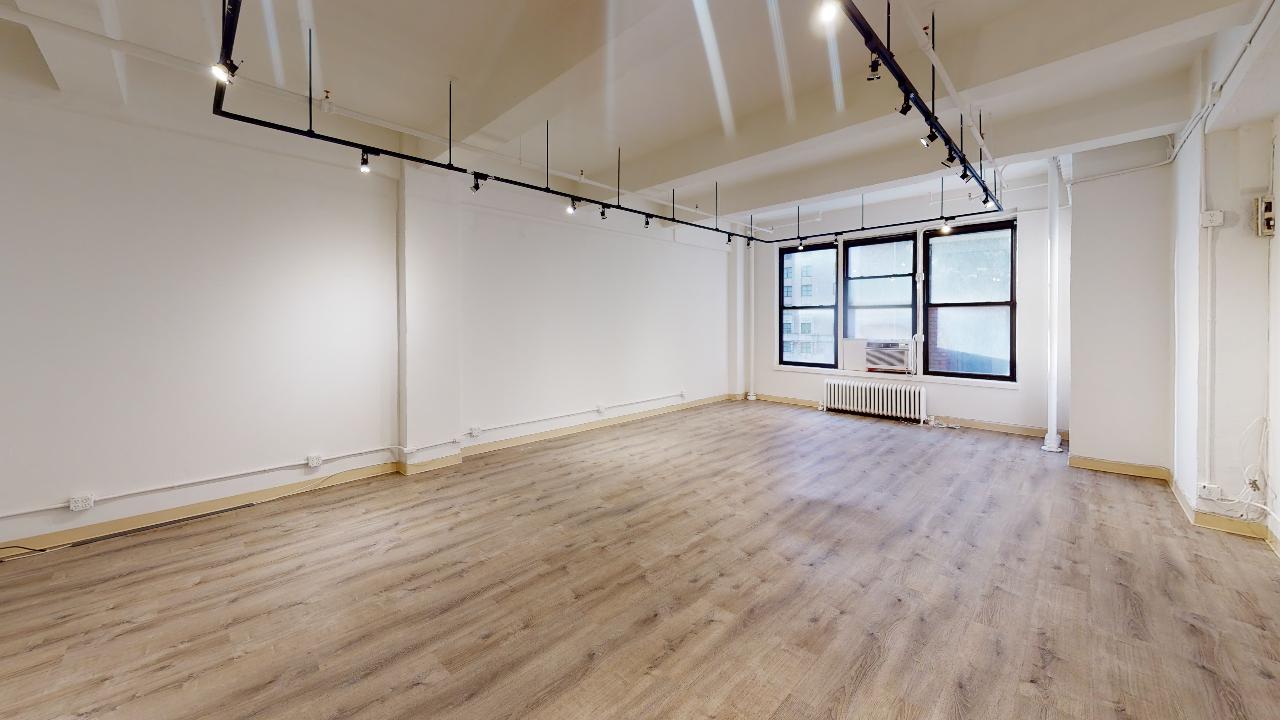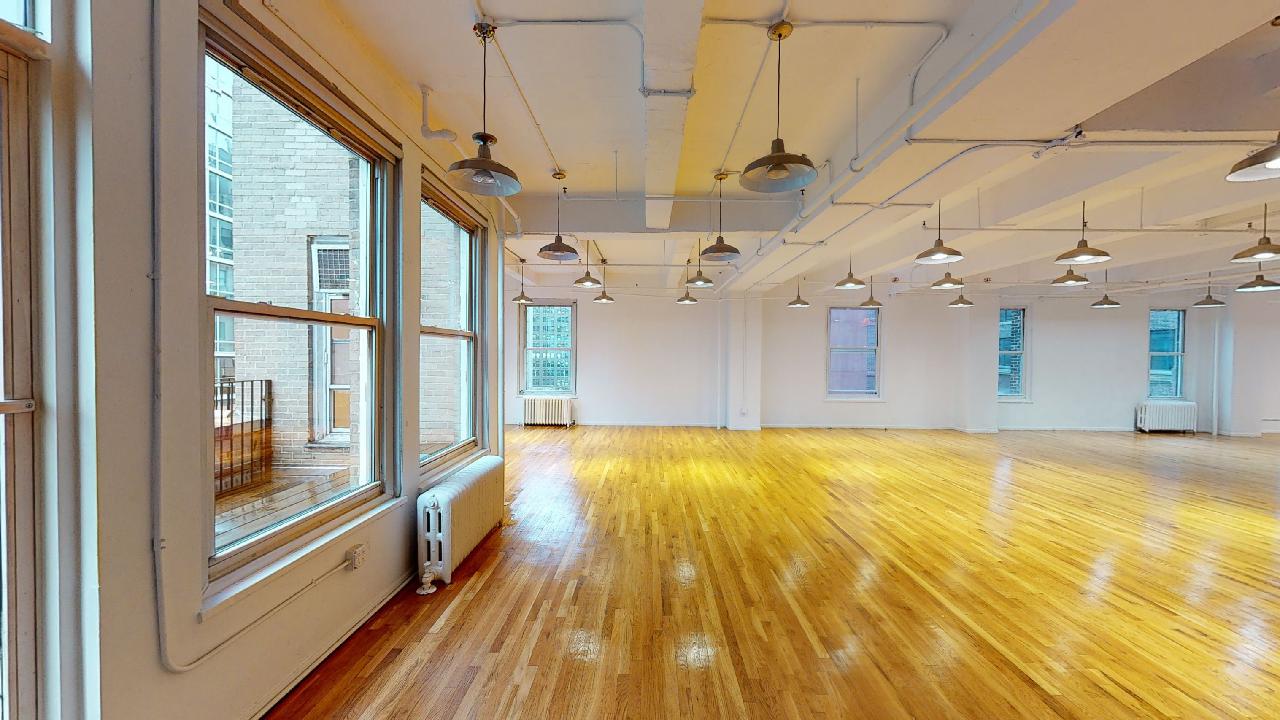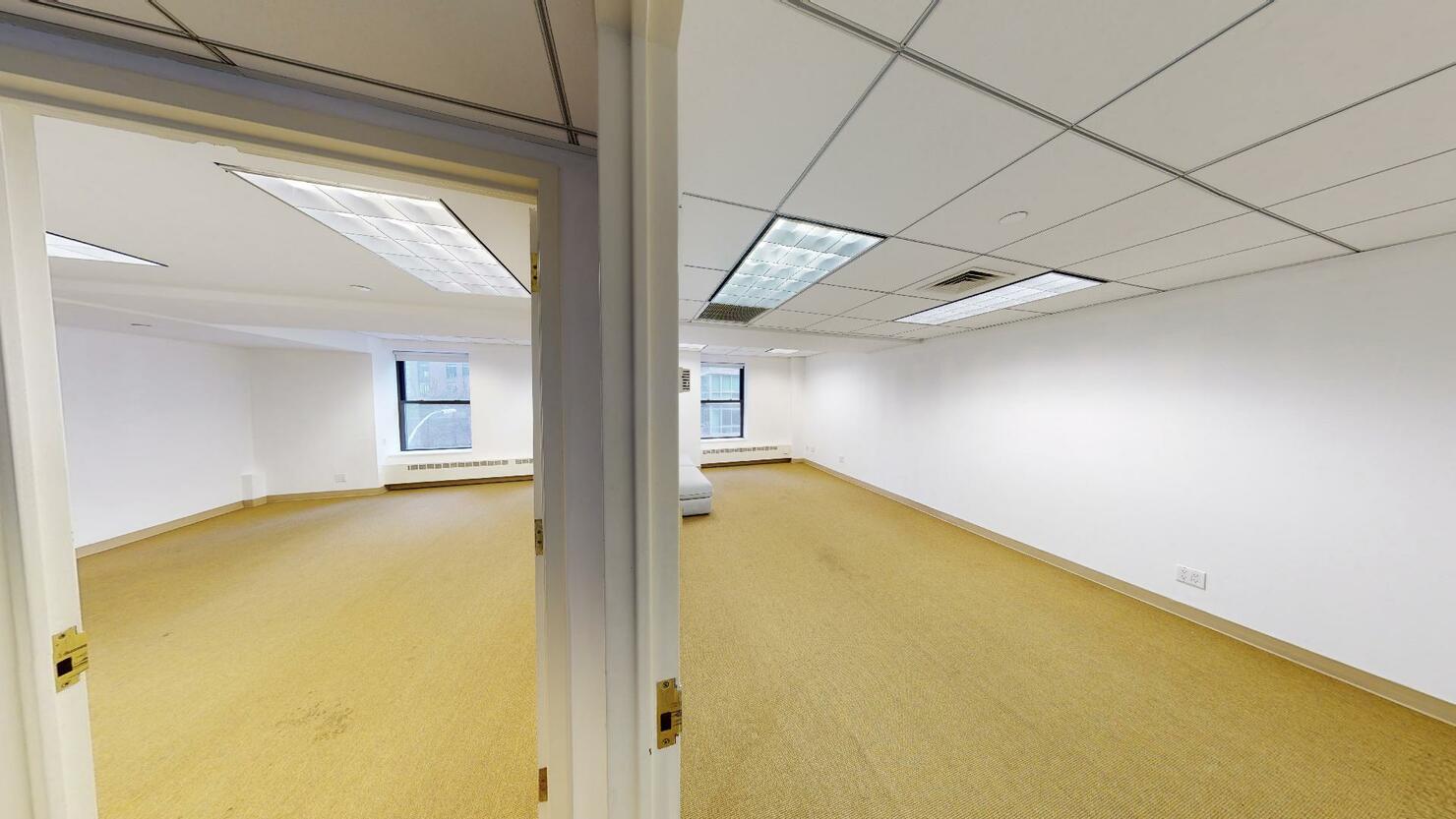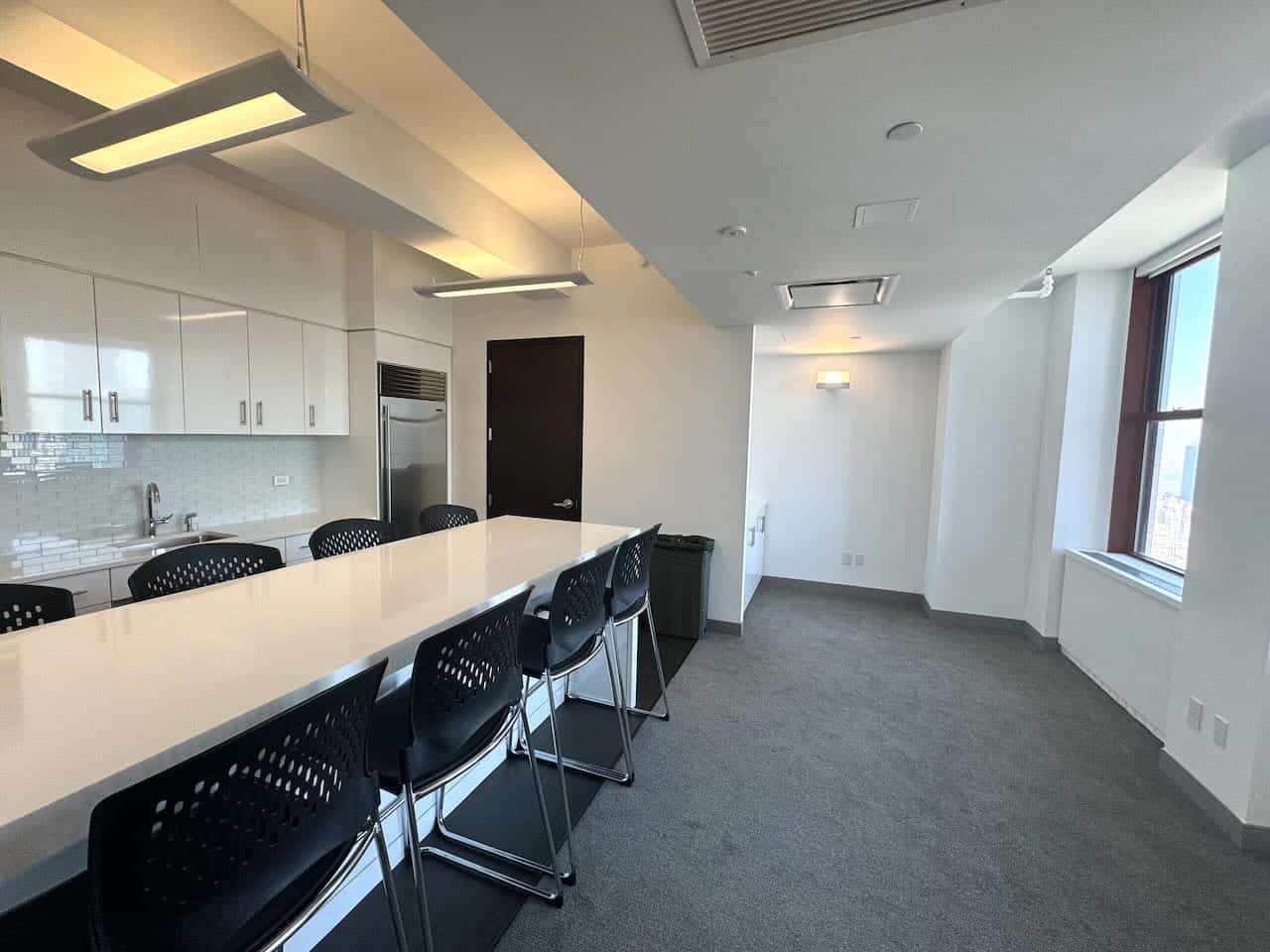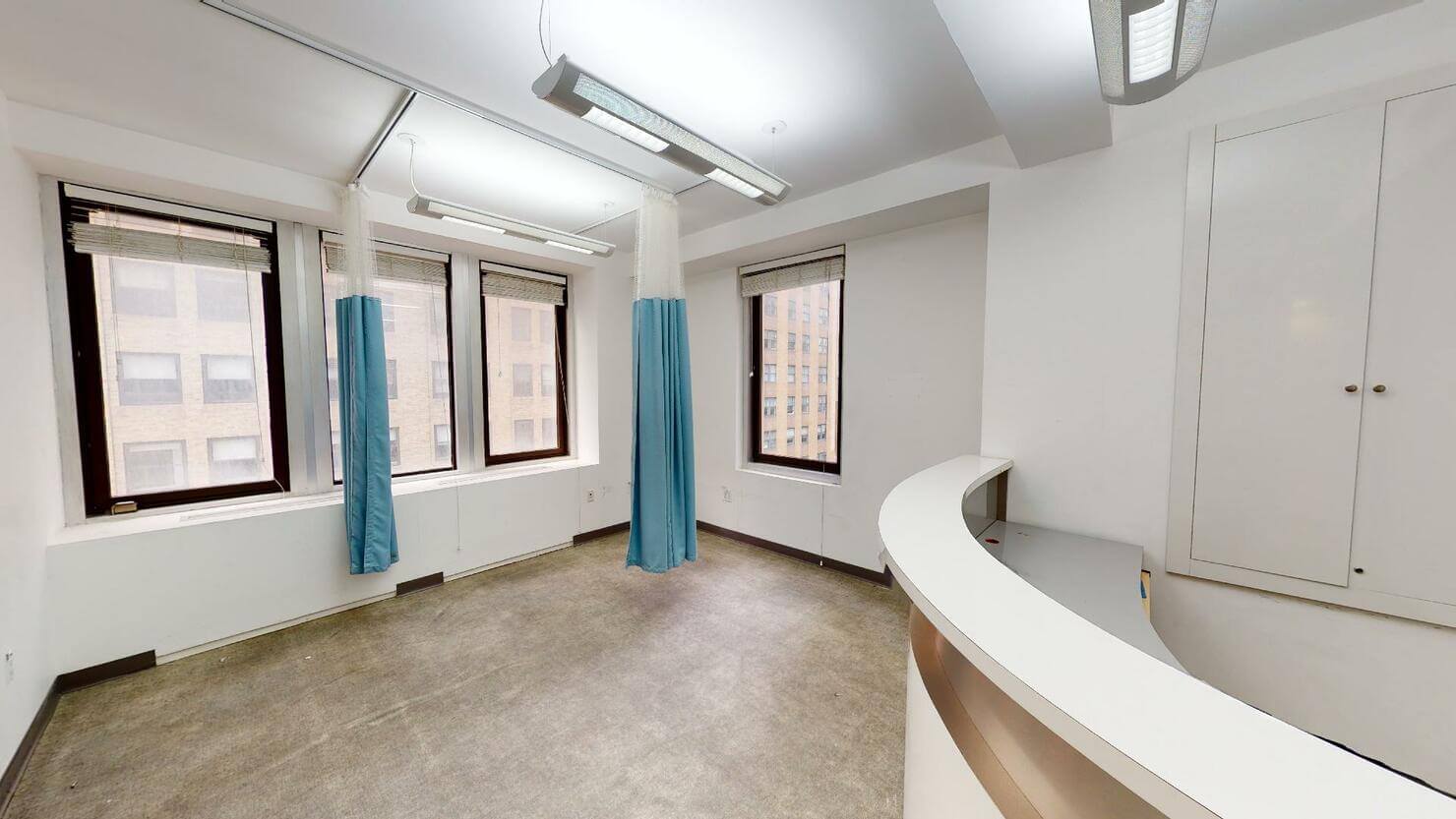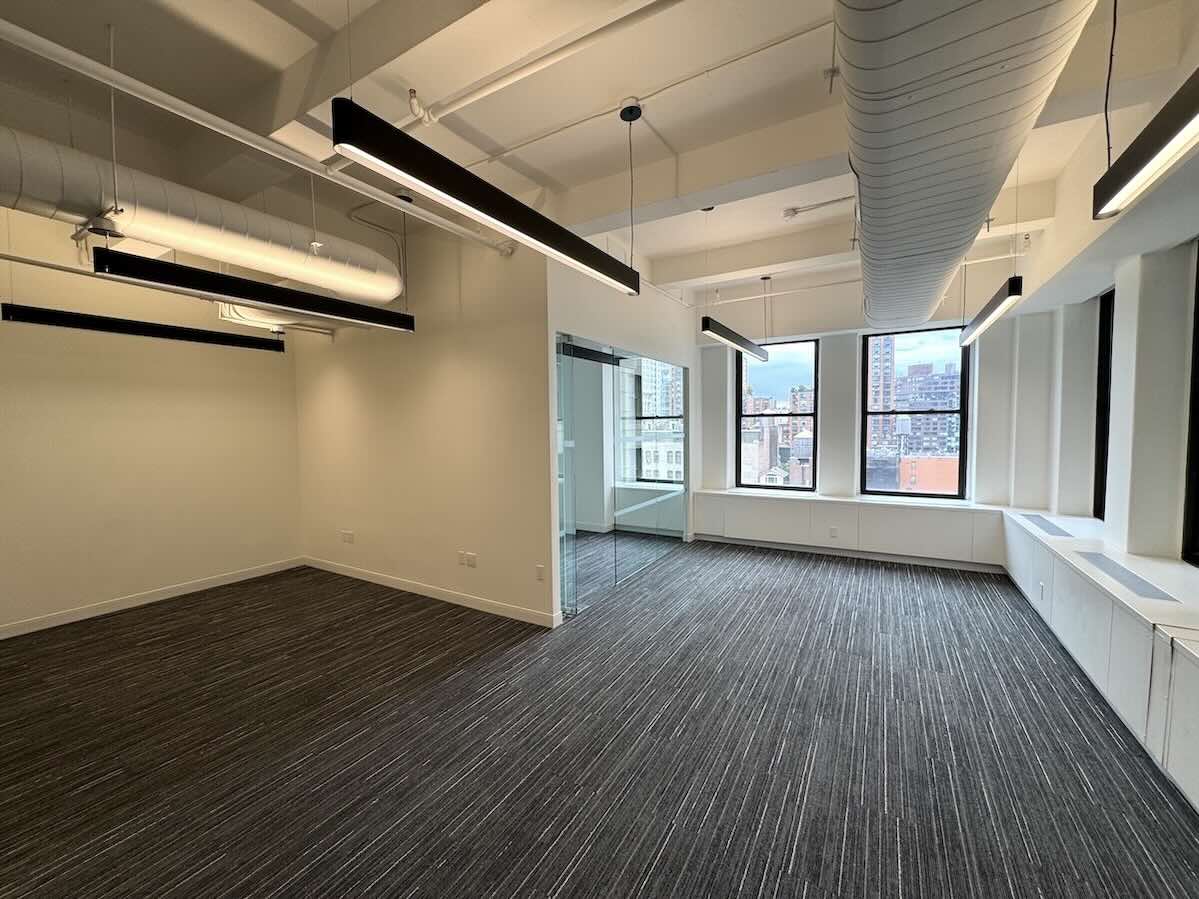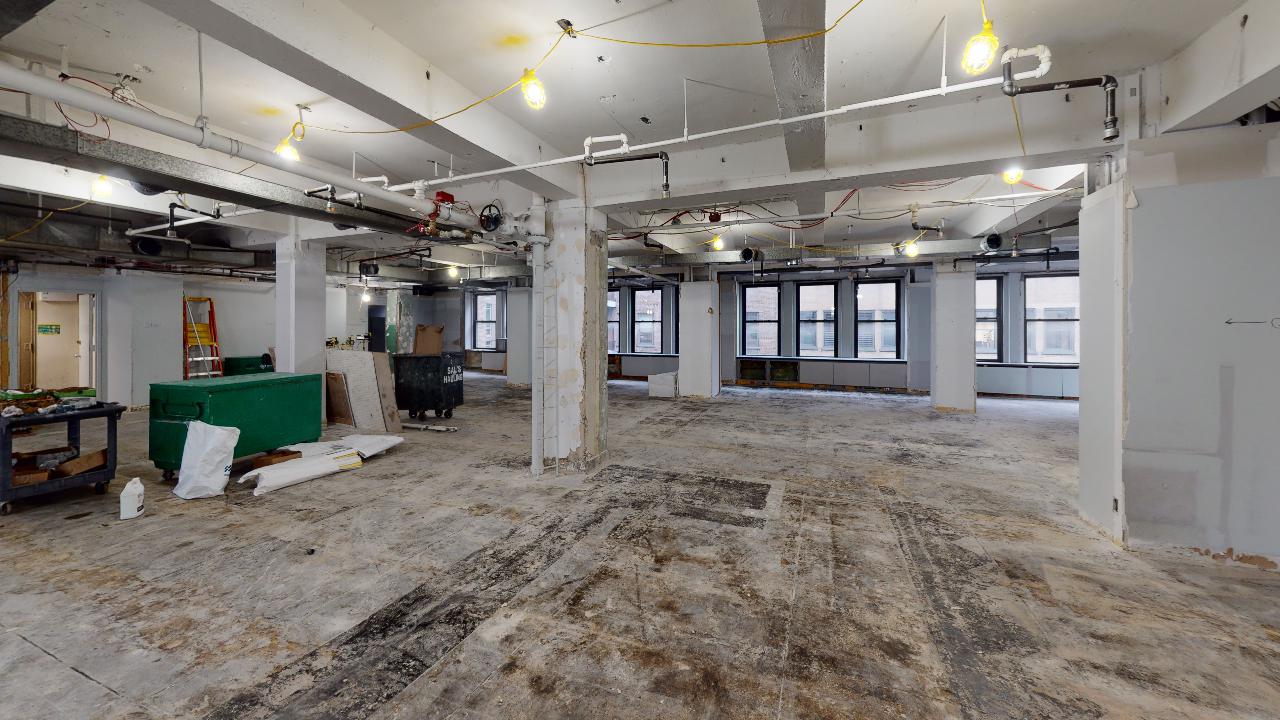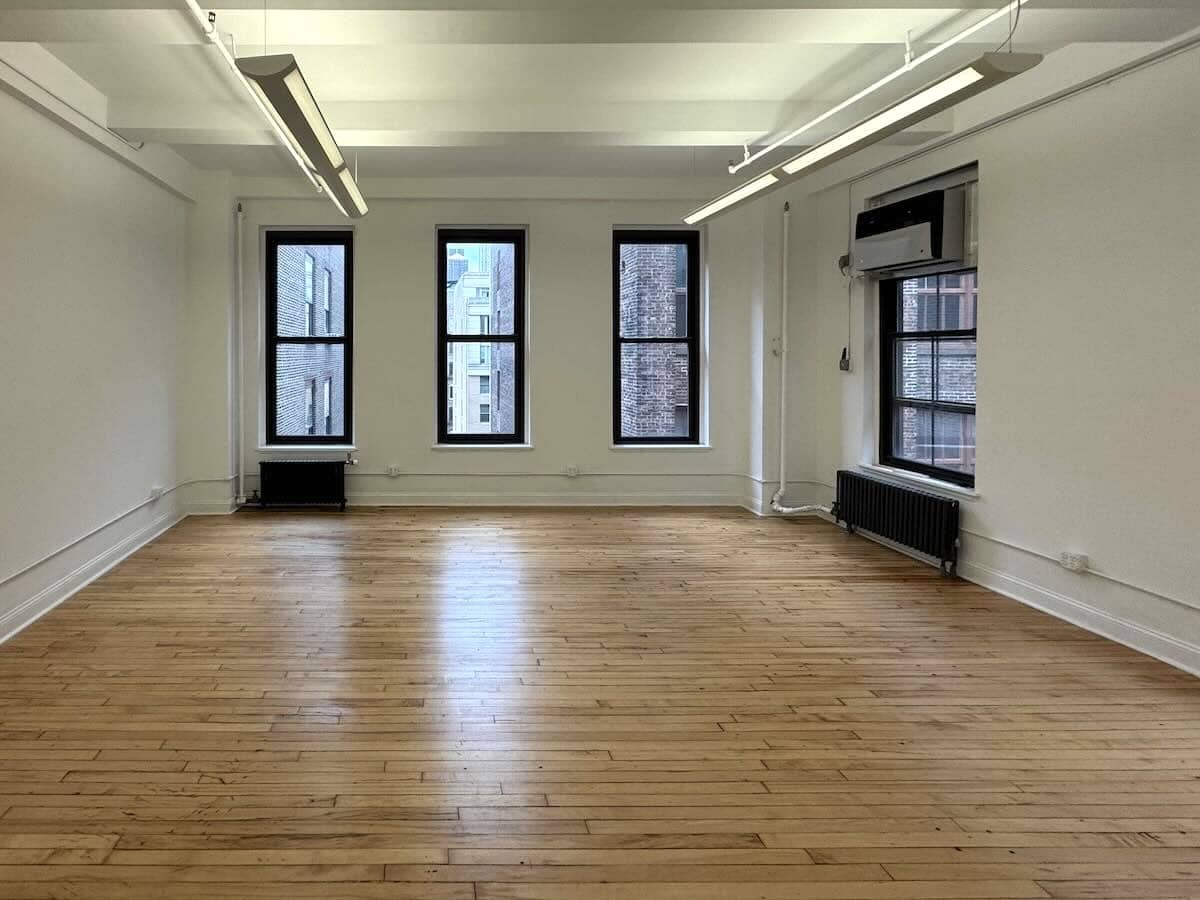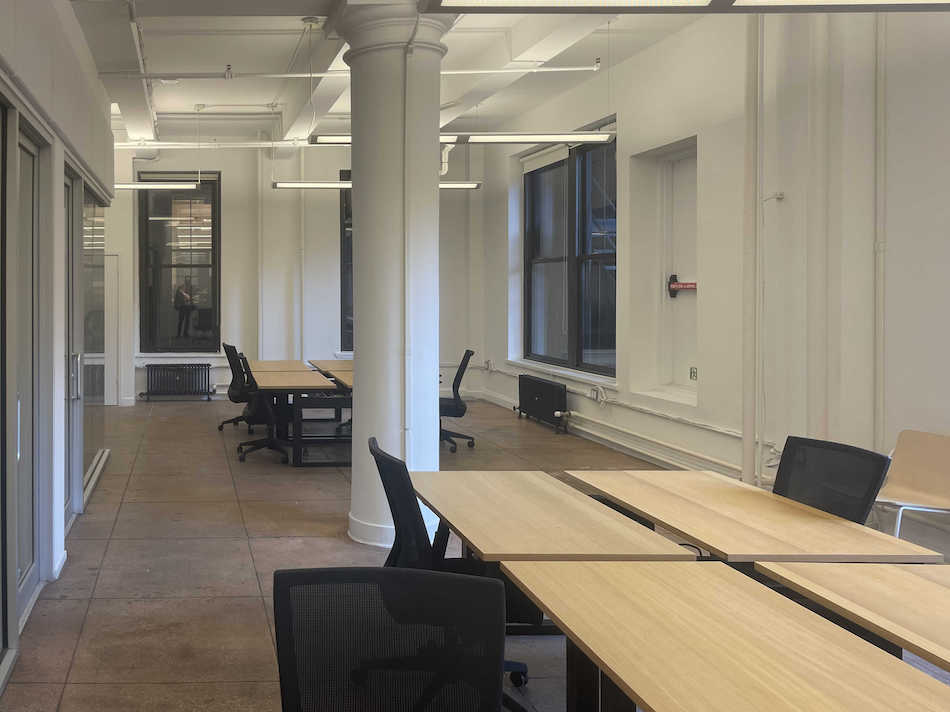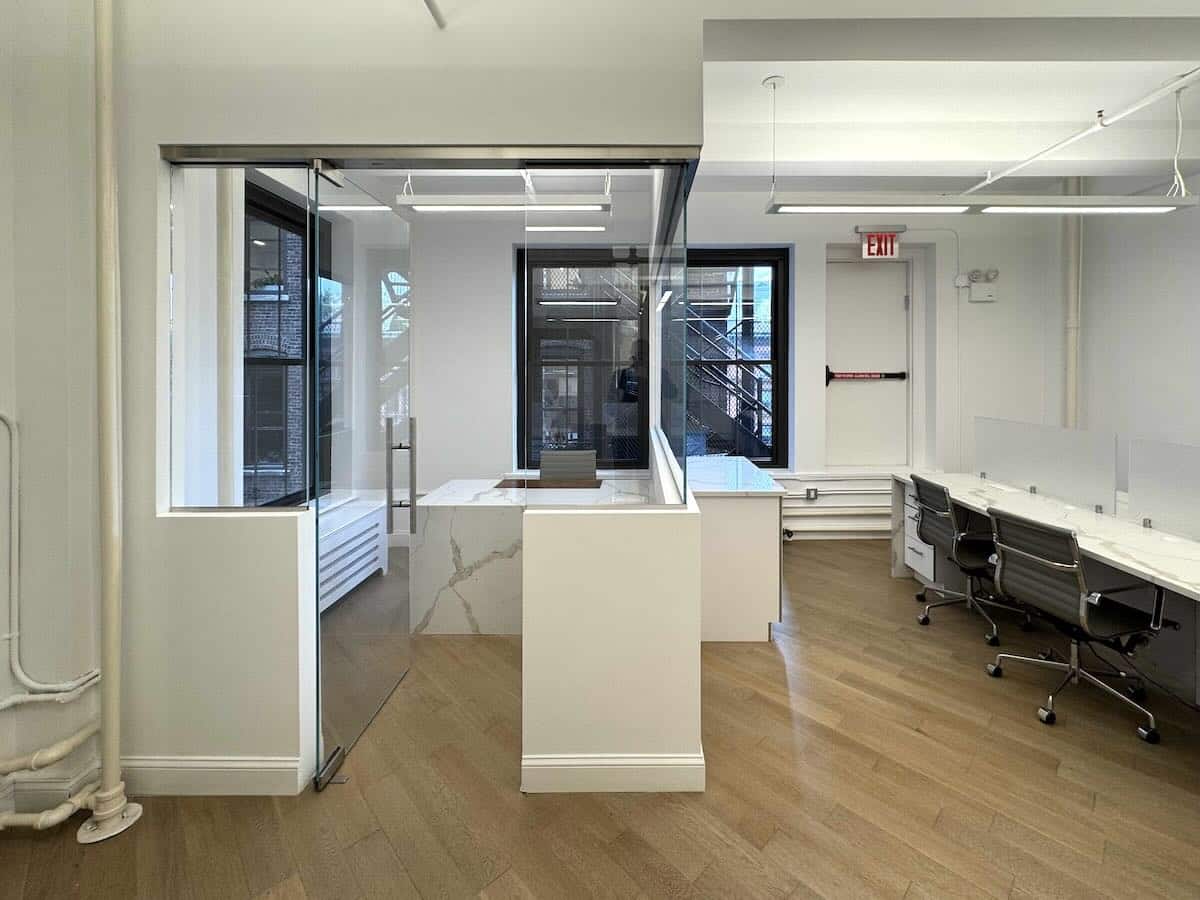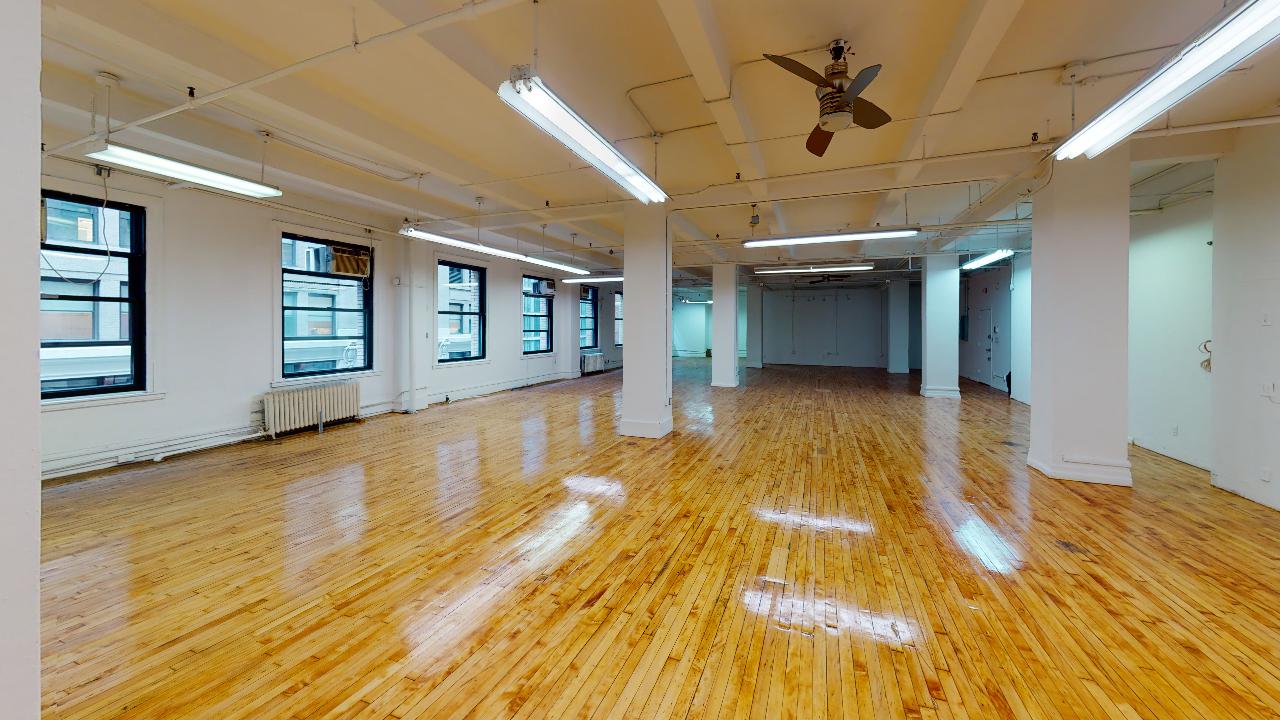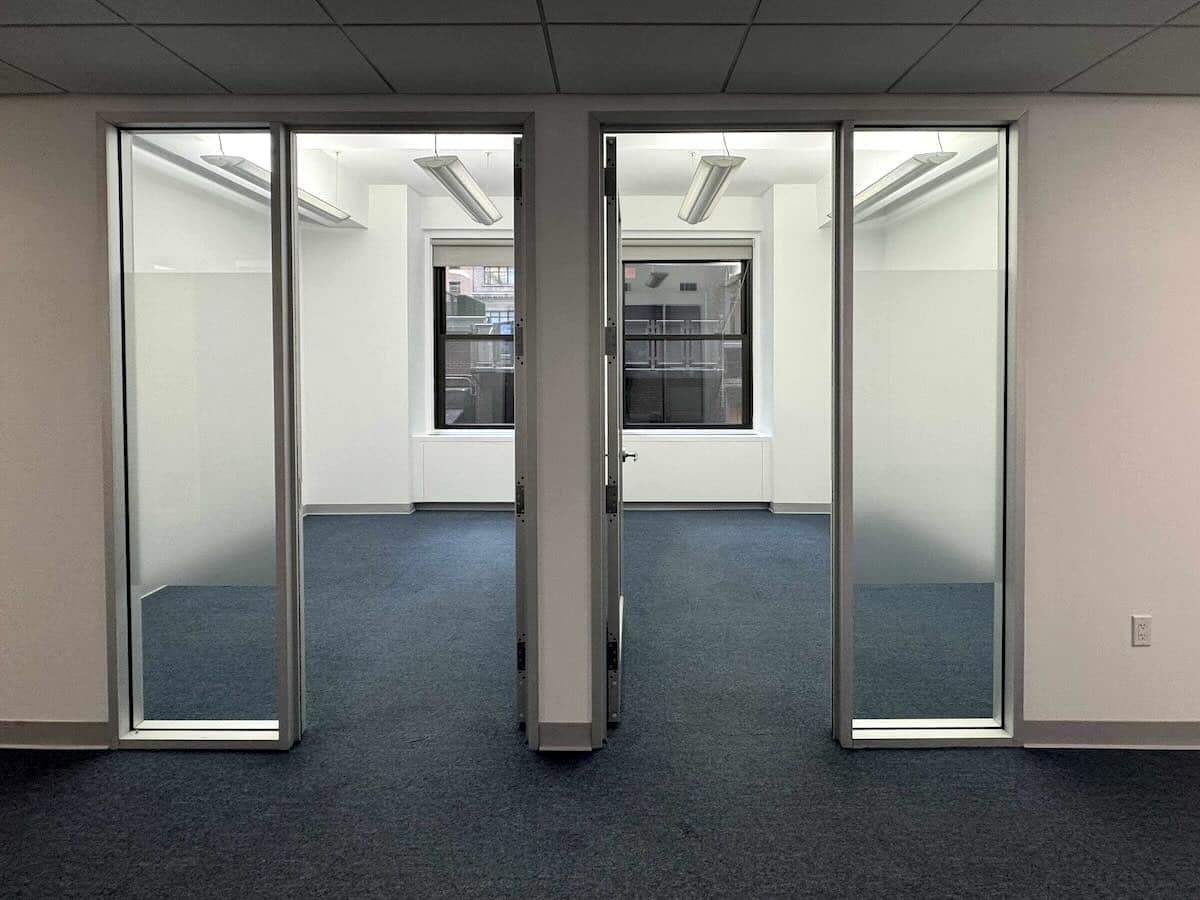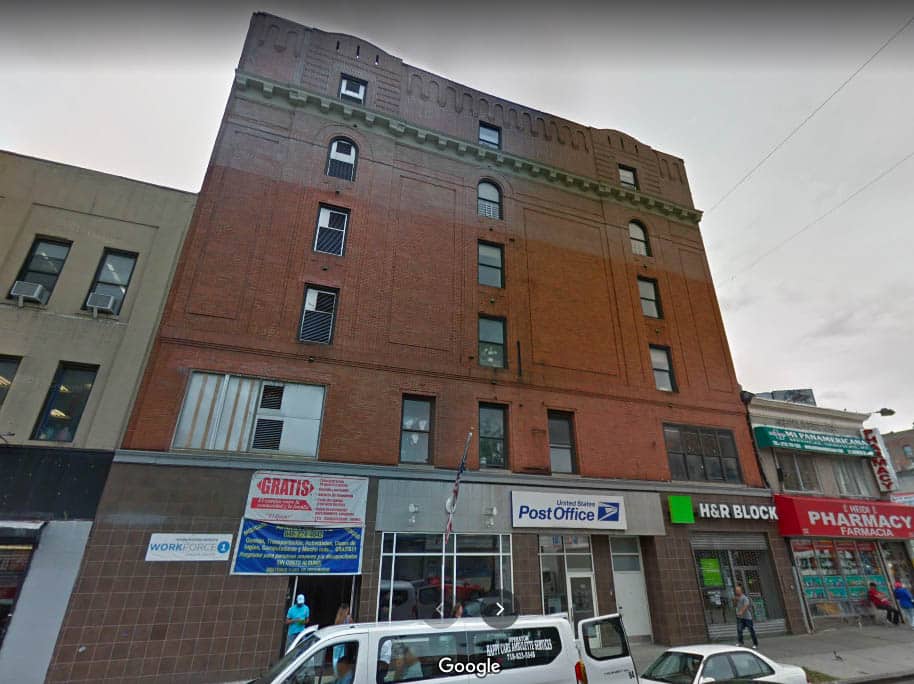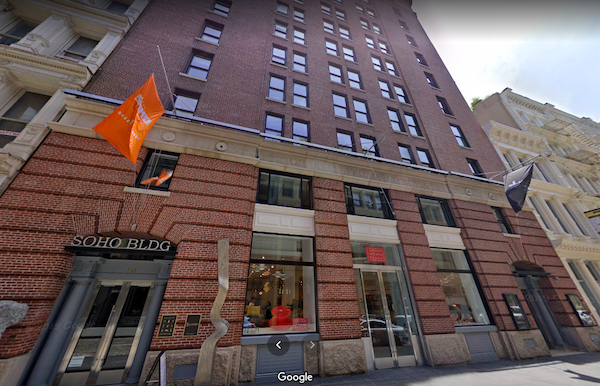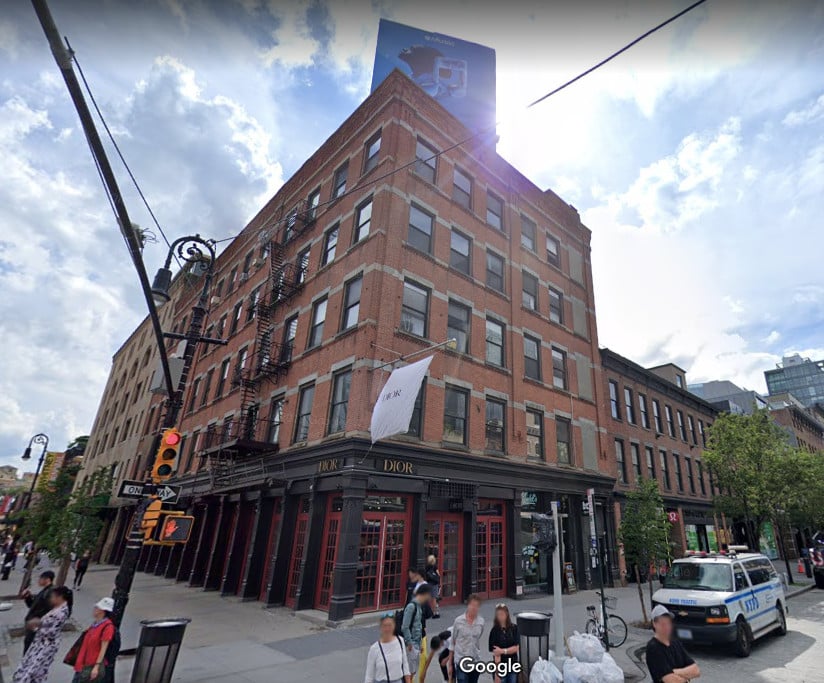In the world of commercial real estate in New York City, we often encounter something known as the Tenant Improvement Allowance (TIA). In simple terms, think of a TIA as a renovation budget given by the landlord to help make the rented space just right for a tenant’s business.
Now, a TIA goes beyond merely making a space usable. Instead, it’s about morphing an environment to fit a tenant’s unique vision.
But let’s clear up a misconception. Landlords don’t provide these allowances simply out of goodwill. The motive here is practical. A business looking for a new home might hesitate if faced with a hefty price tag for necessary modifications.
Take a law firm scouting for a perfect office space with private rooms for partners and associates. Yet the space is an empty shell awaiting their vision. At the same time, a psychotherapist dreams of a serene sanctuary brimming with windowed treatment rooms. However, the dream could carry a $75,000 price tag for both.
Enter the TIA, a safety net that helps tenants bypass the financial pinch. Moreover, it’s a strategic investment for landlords, recouped through lease-term rental income.
So, if you’re about to scour New York City for office space or about to start submitting proposals, here’s your guide. First, we present four crucial points about the Tenant Improvement Allowance.
1. Explaining the Tenant Improvement Allowance
Let’s start by clearing the fog around what the Tenant Improvement Allowance encompasses. Imagine you’ve got an office space that needs some work. For example, you may want to rework the flooring, tinker with the inner walls, or revamp the ceiling. The cherry on top? New office spaces that need comprehensive changes, such as electrical work, HVAC adjustments, lighting relocation, and permit filing. The TIA is your financial safety net in these scenarios, covering architectural planning, construction, and engineering costs.
Moreover, the Tenant Improvement Allowance’s reach extends beyond these basics. For instance, visualize a call center requiring a custom cubicle layout or a doctor’s office needing separate rooms, employee spaces, and a major plumbing overhaul.
Consider this as well. The TIA doesn’t only kick in when a tenant opts to personalize their space. It’s also instrumental when a landlord constructs a space for a tenant up to a defined “cap”. Imagine a 2000 SF space with a $30/SF cap- a $60,000 allowance. Anything beyond the tenant’s shoulders.
2. How Is a TIA calculated?
So, how exactly is Tenant Improvement Allowance calculated? Well, think of it as a simple multiplication task. Usually, the cost is based on the space size and the TIA agreement, charging a dollar amount per square foot or a total sum.
Determining the size of the space is pretty straightforward. However, the TIA value depends on a few puzzle pieces. Consider the real estate market you’re operating in, the geographical location of your space, the strength of your company’s financial statements, and the space’s existing condition. All these factors influence the final figure.
For instance, let’s say you’ve negotiated a TIA of $20 per square foot. You’re looking at a space that sprawls over 5,000 square feet. Pull out your calculator, do the math, and you’ll find that your TIA totals a neat $100,000.
3. Who Pays for the TIA?
Who takes care of the Tenant Improvement Allowance? Typically, there are four ways the landlord will pay:
First, the landlord could hand over a designated sum for improvements. Here, you, the tenant, manage the makeover.
Secondly, if tenants choose to renovate, they often can’t use the space, thus bringing in no revenue. To ease this burden, landlords may provide a rent-free period during construction. Additionally, they might offer free rent if tenants’ existing leases elsewhere haven’t yet concluded, preventing the stress of double rent.
Third, the landlord might provide a “build-out” allowance. They present a package of flooring, fixtures, and fittings at a preset cost. You pick from the package, and the landlord oversees the work. For any extras not in the package, your wallet comes into play.
Lastly, we have turn-key projects. Here, you present an improvement plan with cost estimates, and the landlord pays to a cap and manages all the work.
4. Is TIA negotiable?
Are Tenant Improvement Allowances open to negotiation? Absolutely, yes. Like haggling over rent, TIAs can also see a fair bit of bargaining. So, know your market, roll your sleeves up, and brace for negotiation.
Bear in mind, though; landlords might not jump at the chance to cover all costs of your dream refurbishment. Various factors come into play. The financial strength of your entity, the length of your lease term, the rental rate, and the current market dynamics can all impact the negotiation.
Don’t be discouraged if it seems like a tough hill to climb. Every situation is unique, and a sound negotiation strategy can lead to substantial savings.
The Key Takeaway
There you have it, the ins and outs of Tenant Improvement Allowances decoded. No more jargon or confusion. Remember, these allowances can be a powerful tool to transform your rented space. Whether a chic office in a high-rise or a cozy shop on a busy street, TIAs make your business vision a reality. Just remember to do your homework and keep those negotiation skills sharp before diving head-first into the dynamic world of NYC commercial real estate.
Seeking a prime Manhattan location with the potential for customized upgrades? Let us guide you through the Tenant Improvement Allowance process. Connect with us at Metro Manhattan Office Space. Discover your perfect office today! Call (212) 444-2241 or drop us an email at .


